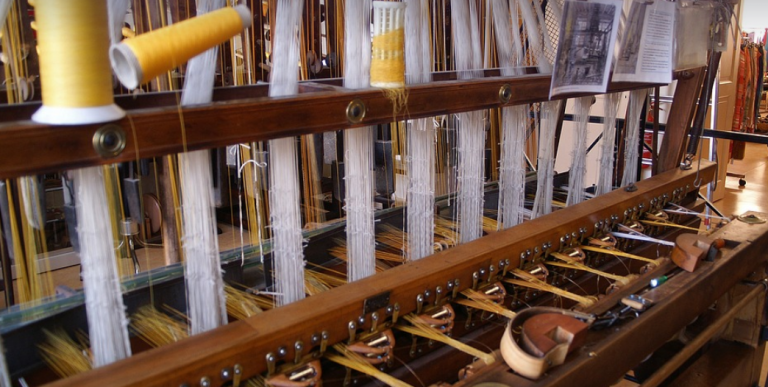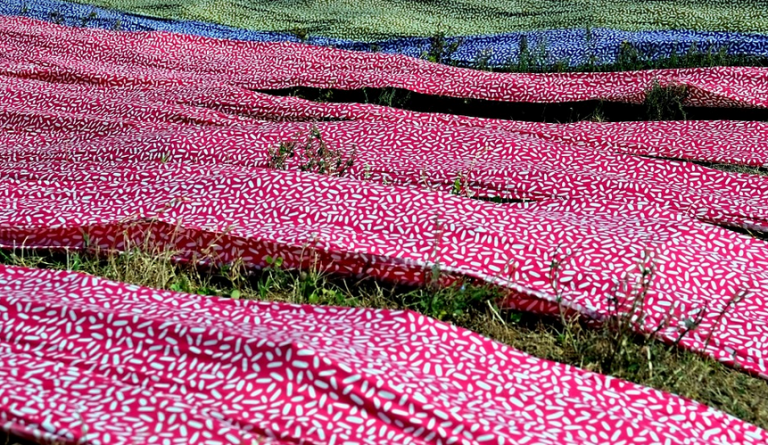
Tiny Backpack, Maximum Comfy
You’ve got your trusty backpack packed to the brim with gear, ready for a weekend adventure or a long-awaited trip. But as you’re stuffing those last few items into your bag, you start to notice something: space is tight. Is this your new life? The answer is likely no, but let’s face it; carrying around an oversized sleeping bag can be a real hassle, especially when packing for a short trip or multi-day adventures.
Enter the magic of compression sacks—your secret weapon to save space and keep those precious slumber companions safe. These lightweight, flexible bags are designed to help you compress your sleeping bags down to a fraction of their original size, making them easier to pack and store. Imagine this: You’re at a campsite, ready for bed, but the only thing filling up your backpack is…a giant sleeping bag! How about just squeezing it down into a compact ball like magic? That’s what compression sacks do!
But why are they so popular and essential for any serious traveler or camper? Well, beyond simply being able to stuff your bag a bit better, there are several reasons why these little bags are game-changers. First off, they’re incredibly versatile. They can be used for anything from compressing sleeping bags to packing down bulky clothing. From backpacks to tents, even sports equipment—the options are endless.
Compression sacks work by applying pressure to the items inside, which forces air out and reduces overall volume. This process has a few key benefits that make them a top choice for campers and travelers alike: they minimize bulk, maximize storage space, and enhance carrying comfort. They’re also super easy to use—just fill your sack, tie it off, and you’re good to go!
There are several types of compression sacks available, each with its own strengths and weaknesses, so let’s explore some of them:
- Standard Compression Sacks: These bags are made from durable and lightweight nylon fabric. The inside is often lined with a smooth or textured surface to prevent snagging and damage. These are your go-to choice for everyday use; they’re affordable, easy to use, and provide excellent compression.
- Double-Layer Compression Sacks: For those who want an extra boost in compression and ultimate protection for their sleeping bags, double-layer options are the way to go. These packs boast two layers of fabric—one on top, one underneath, allowing them to offer even greater compression and superior protection.
- Water-Resistant Compression Sacks: For those who spend time outdoors, especially near water sources, these are a must-have. These sacks are made from materials that are resistant to moisture and wear. They keep your gear dry and protected while you’re out on the trail.
- Lightweight Compression Sacks**: For the ultimate in portability, lightweight compression sacks are designed with minimal weight in mind. These are perfect for hikers and backpackers who want to pack light without sacrificing essential compression.
So when choosing a compression sack, it’s crucial to consider your camping style and needs. Are you a seasoned camper taking on difficult terrains? Then opt for a durable, heavy-duty bag that can handle the bumps and jostles of your journey. But if you’re more like me, someone who enjoys simple trips with minimal gear, then lightweight options will suffice.
But it’s not just about compression—there are other factors to consider when choosing your sleeping bags: their size, weight, temperature rating, and the overall comfort level. Remember, your bag is an investment in quality sleep, so make sure you choose one that fits your needs.
You’ll find a wide range of compression sacks on the market, from budget-friendly options to premium versions designed for serious adventurers. With prices ranging significantly based on brand and material, you can easily find a bag that aligns with your budget.
Whatever your choice, a good compression sack is a must have for any traveler who wants to enjoy their journey to the fullest. It’s about more than just saving space; it’s about maximizing your comfort, convenience, and overall enjoyment of your outdoor experiences.


